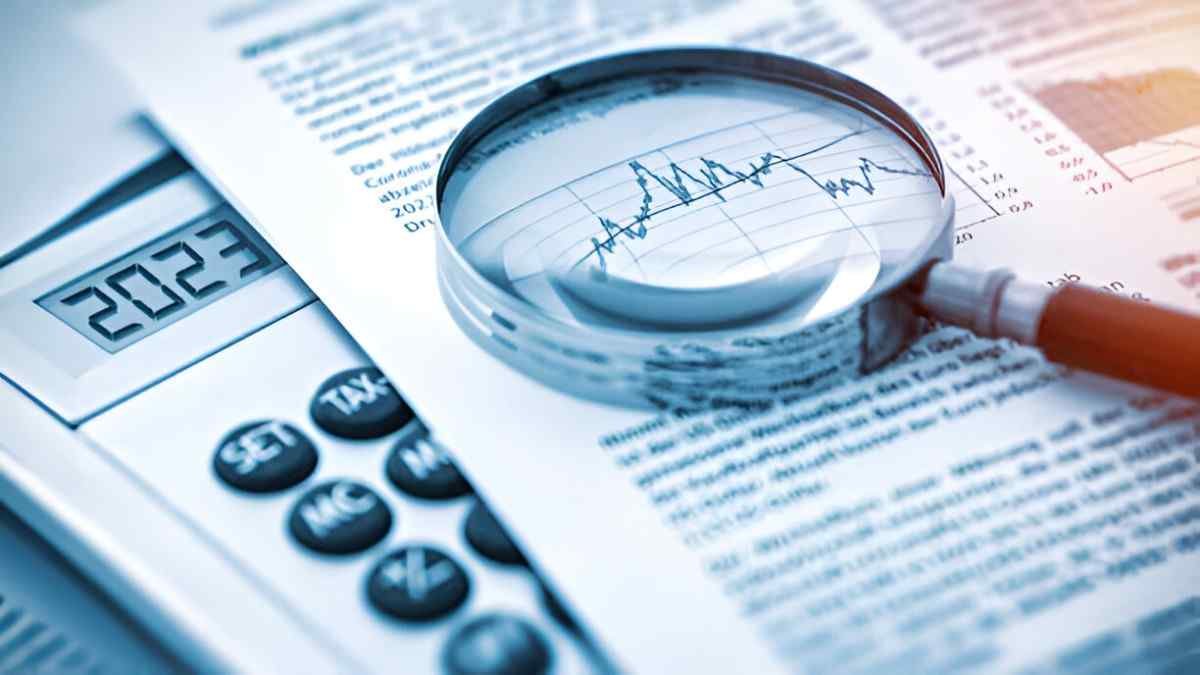Introduction
When valuing a company, we often forecast its financial performance for a few years. But what happens after that? Companies don’t just stop operating at the end of a forecast period. To capture the value beyond that horizon, we use terminal value (TV). Terminal value represents the present worth of a company’s expected future cash flows beyond the explicit forecast period. It plays a crucial role in valuation models, particularly in discounted cash flow (DCF) analysis. In this guide, I will break down terminal value, explain its methods, and show how to calculate it step by step.
Table of Contents
Why Terminal Value Matters
Terminal value is crucial because it often represents a significant portion of a company’s total value in a DCF analysis. Ignoring it would mean undervaluing a business. Consider this:
| Component | Approximate Share in Valuation |
|---|---|
| Present Value of Explicit Forecast | 30-50% |
| Present Value of Terminal Value | 50-70% |
Without terminal value, our valuation would be incomplete.
Methods to Calculate Terminal Value
We typically use two methods to estimate terminal value:
- Gordon Growth Model (Perpetuity Growth Model)
- Exit Multiple Method
1. Gordon Growth Model (Perpetuity Growth Model)
This approach assumes the company’s free cash flows will grow at a constant rate indefinitely. The formula for terminal value is:
TV = \frac{FCF_{n} \times (1 + g)}{r - g}Where:
- FCF_n = Free cash flow in the last forecasted year
- g = Perpetual growth rate (should be conservative, often tied to GDP growth)
- r = Discount rate (typically WACC)
Example Calculation:
Suppose a company’s free cash flow in year 5 is $100 million, the discount rate is 10%, and the perpetual growth rate is 3%.
TV = \frac{100 \times (1.03)}{0.10 - 0.03} TV = \frac{103}{0.07} TV = 1471.43 \text{ million}This means that, at the end of year 5, the company’s terminal value is $1.47 billion.
2. Exit Multiple Method
This method assumes that the business will be sold at a multiple of a financial metric (e.g., EBITDA, revenue, or EBIT). The formula is:
TV = \text{Final Year Metric} \times \text{Multiple}Example Calculation:
If a company’s EBITDA in year 5 is $200 million and similar companies trade at a 10x EBITDA multiple:
TV = 200 \times 10 TV = 2000 \text{ million}The terminal value using this method is $2 billion.
Choosing the Right Method
| Feature | Gordon Growth Model | Exit Multiple Method |
|---|---|---|
| Assumption | Cash flows grow indefinitely | Business is sold at a multiple |
| Based on | Growth rate assumption | Market valuation comparisons |
| Common Use | Companies with stable growth | Industries with defined exit markets |
If a business has predictable and steady growth, I prefer the Gordon Growth Model. If the industry has well-defined valuation benchmarks, I lean toward the Exit Multiple Method.
Discounting Terminal Value to Present
Because terminal value represents future cash flows, we must discount it to present value using:
PV(TV) = \frac{TV}{(1 + r)^n}Where:
- n = Number of years until terminal value is realized
- r = Discount rate (WACC)
Example:
Continuing with our previous example, if TV = 1471.43 million and r = 10% , we discount it to present value:
PV(TV) = \frac{1471.43}{(1.10)^5} PV(TV) = \frac{1471.43}{1.6105} PV(TV) = 913.6 \text{ million}This is the present value of terminal value.
Common Pitfalls and Considerations
1. Overestimating Growth Rate
A high g inflates terminal value. It’s unrealistic to assume perpetual high growth. I use a rate below the economy’s long-term growth.
2. Misjudging the Discount Rate
A lower r makes the terminal value look bigger. I ensure my WACC is accurate and reflects market conditions.
3. Choosing an Unjustified Multiple
If I use the exit multiple method, I base it on actual industry data instead of picking an arbitrary multiple.
Practical Application in DCF Valuation
To calculate a company’s total enterprise value (EV) using DCF:
EV = PV(FCF) + PV(TV)Where:
- PV(FCF) is the sum of discounted cash flows from the forecast period.
- PV(TV) is the discounted terminal value.
Final Thoughts
Terminal value is fundamental to valuation. A miscalculation can lead to substantial valuation errors. Whether I use the Gordon Growth Model or the Exit Multiple Method depends on the business and market conditions. By carefully selecting inputs, I ensure my valuations are realistic and useful for investment decisions.





